RTA Vision Comes to Southeast Michigan
/The Regional Transit Authority of Southeast Michigan presented at the Washtenaw County Learning Resource Center Monday night to discuss their vision of regional transit throughout the 4 county region (Macomb, Oakland, Wayne, and Washtenaw Counties) which represents over 1 million residents. Over twenty people attended the public meeting and asked questions about the need for bus rapid transit, the need for this regional system given the work on autonomous vehicle technology, providing better connectivity to Novi, Northville, and Plymouth, and how the plan impacts western Washtenaw County.
Co-hosted by the Washtenaw County Office of Community and Economic Development and WATS, the public was welcomed by RTA members CEO Michael Ford and Chief Operations Officer Tiffany Gunter. “What we are bringing forward is a plan that connects the region, the four-county region, and in order to do that, we need to build on the existing system to make it CEO Michael Ford said during a meeting at the Free Press (source http://on.freep.com/1Y0Jqyv).
Currently the region is served by four transit providers; The Ride, DDOT, SMART, and the People Mover. It is also served by numerous other smaller providers such as Western Washtenaw Area Value Express (WWAVE) and People’s Express PEX. Additionally,numerous social service providers offer door to door service for limited trips. These providers will still be operating and providing services that people depend upon. Transit users know the challenges caused by the lack of regional service; bus service does not stay open long enough for people to get to and from work, and some people are dropped off at county lines without critical last mile connections. According to the RTA, travel patterns indicate that 67% of Detroiters leave the city to get to work and are not able to access all the major job centers due to lack of reliable and regional transportation. Most of these trips are taken by single occupancy vehicles due to lack of transit connectivity.
Rapid, Reliable, and Regional are the three key terms that the RTA would like you to remember when you think about the Master Plan. The plan is made up of a collection of different types of services that will benefit all members of the public and visitors of the region. Services include:
4- Bus Rapid Transit Lines (Woodward Ave., Gratiot Ave, Michigan Ave, Washtenaw Ave)
11 - Cross County Connectors (regional bus services which will allow people to easily travel through the region)
8 - Local Bus (current bus services that we have in the region)
4 - Commuter Express (weekday rush hour between employment centers and park and ride centers to carry riders to and from work)
5 - Airport Express (premium limited stop service from regional centers to the Detroit Airport)
2- Regional Rail lines (linking suburban areas with dense employment centers and usually carries workers to and from work)
1 - Streetcar Q-line (currently known as the M-1 rail line)
By implementing the plan, transit will increase access to over 946,150 jobs, 290 schools, 23 colleges, 104 supermarkets, 117 hospitals and health centers, and 414 parks. These services are critical to all members of our community.
Ms. Gunter explained that the Federal Transit Administration requires a long term dedicated funding source and that the requirement is for 20 years. She also explained that now is the time to act because they have the:
Governance structure - which has 2 representatives from each county, 1 from the City of Detroit and a non-voting appointee of the Governor on the RTA Board
Long Term Planning - there is a 20 year master plan document and there is a provision in the enabling legislation that requires 85% of the revenue generated from the millage to go back to the county from which it was collected
Millage - voters will be asked to decide on a1.2 mill increase to support the 20 year vision put forth by the RTA Master Plan. There is no opt out of service provision, the millage would pass by a majority of the voting public.
Ms. Gunter provided details on critical pieces of the plan:
First layer of service will be bus rapid transit (which could be considered light rail on wheels). This will be a fast service with dedicated travel lanes, where allowable given the corridor. Signals would include transit preemption which can extend green time to allow a bus to get through an intersection, as well as queue jump lanes which allow the bus to bypass some of the traffic backups that persist on the corridors where BRT service would be provided.
Cross county connectors will operate under one service provider with better frequencies.
The addition of park and ride lots and connecting customers to ride sharing services like Uber and shared vehicles such as Zipcar will also be important to the system.
A coordinated fare system where you can use the same card across the region will simplify using different transit systems across the region.
Transit service will be provided 18-20 hours a day to allow people to get to and from work and to use transit to get to appointments, shopping, and recreational opportunities.
The RTA estimates that investments by the RTA will support over 67,000 new jobs supported over 20 years and will show an increase in personal income by $4.4 billion.
To view the plan or to ask questions or share comments, please visit the RTA website http://www.rtamichigan.org/masterplan/.






